The overwhelming plastic waste Hawaii visitors leave behind – SFGATE
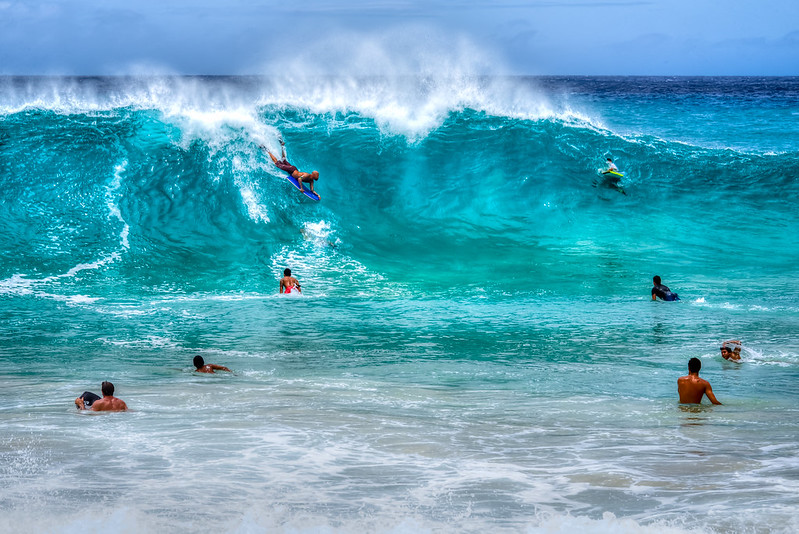
Plastics like in-room toiletries provided by resorts, plus to-go containers and cutlery provided by restaurants, are used and discarded by guests day after day. A single hotel chain can use hundreds of millions of little bottles of shampoo and conditioner every year.
When visitors leave, a lot of these items end up in the trash, yet Hawaii doesn’t have the infrastructure to recycle the immense amount of plastic left behind…
Using ‘recycled plastic’ in construction materials may not be a great idea after all – Grist Magazine
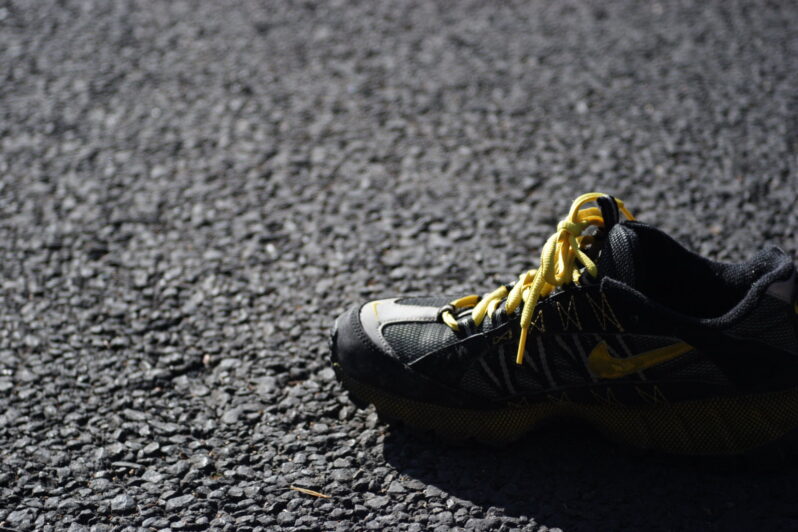
Last month, the American Chemistry Council, a petrochemical industry trade group, sent out a newsletter highlighting a major new report on what it presented as a promising solution to the plastic pollution crisis: using “recycled” plastic in construction materials. At first blush, it might seem like a pretty good idea — shred discarded plastic into tiny pieces and you can reprocess it into everything from roads and bridges to railroad ties…
There Might Be Less Plastic in the Sea Than We Thought. But Read On – the New York Times
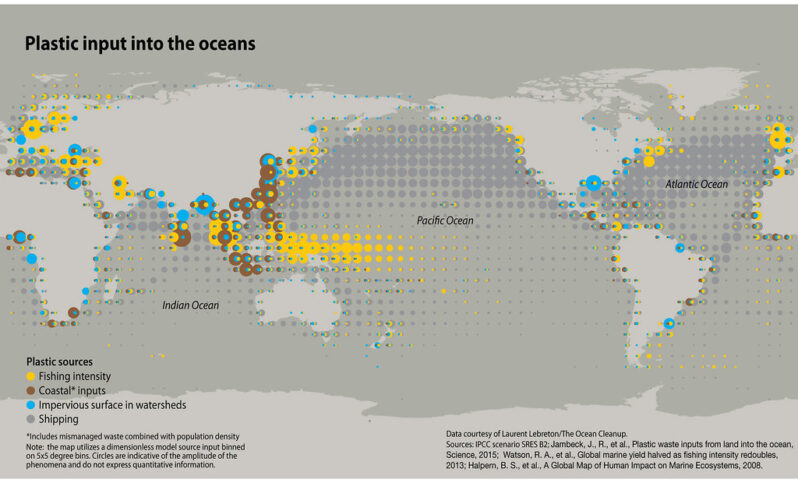
There’s less plastic pollution flowing into the ocean from land than scientists previously thought, according to a study published Monday in the journal Nature Geoscience.
The researchers estimated that about 500,000 metric tons of plastic end up in the ocean each year, with about half from land. The other half comes from the fishing industry in the form of nets, ropes, buoys and other equipment…
Plastic-rock hybrids found on the Andaman Islands – Mongabay
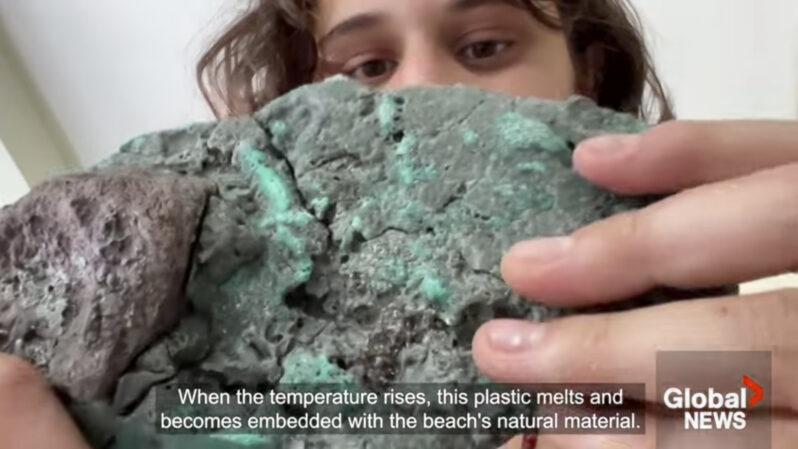
A study found the formation of plastic-rock hybrids in the intertidal zone of remote beaches of Aves Island in the Andaman archipelago. This is a first record of these hybrid rocks, known as plastiglomerates, from India.
Samples from the island that were analysed contained polyethylene and polyvinyl chloride. Incineration of plastic litter could have led to their formation.
The impact of plastiglomerates on marine ecosystems is yet to be understood as research on plastiglomerates is an emerging field…
How Plastics Are Poisoning Us – the New Yorker
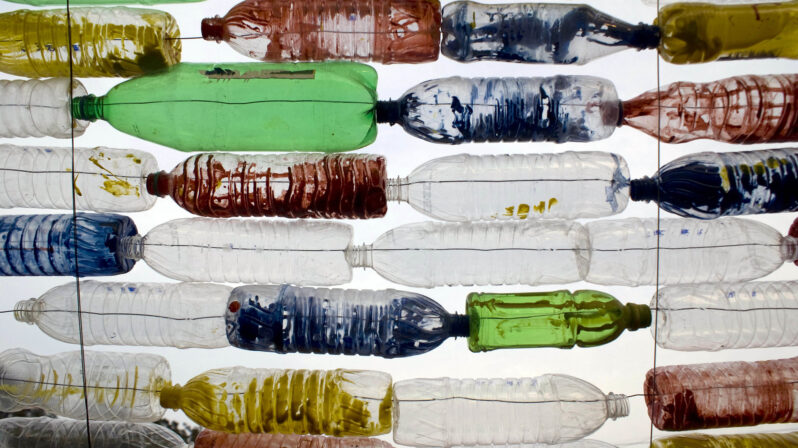
They both release and attract toxic chemicals, and appear everywhere from human placentas to chasms thirty-six thousand feet beneath the sea…How worried should we be about what’s become known as “the plastic pollution crisis”? And what can be done about it? These questions lie at the heart of several recent books that take up what one author calls “the plastic trap…”
The ‘Sisyphus of Trash’ Struggles to Clean Relentless Waves of Plastic From a New York Island’s Beaches – Inside Climate News

Michele Klimczak’s passion for cleaning the beaches of Fishers Island led to a full-time, year-round job, but she still can’t keep up with the flood of plastic waste.
In just three years, Michele Klimczak has picked, hauled, weighed, documented and sorted more than 32,000 pounds of garbage from the shores of Fishers Island, New York. She finds plastics stamped with product expiration dates going back two decades washed up all around the roughly four square mile stretch of land in the Long Island Sound…
Recycled plastic can be more toxic and is no fix for pollution, Greenpeace warns – the Guardian

“Plastics are inherently incompatible with a circular economy,” the global environmental network said in a report that brings together research showing recycled plastics are more toxic than their virgin constituents.
The report, timed to coincide with the beginning of fresh talks for a potential global plastics treaty, comes as separate research has found breaking down plastics for recycling scatters microplastic pollution into the environment…
Fossil-Fuel Interests Try to Weaken Global Plastics Treaty – Scientific American
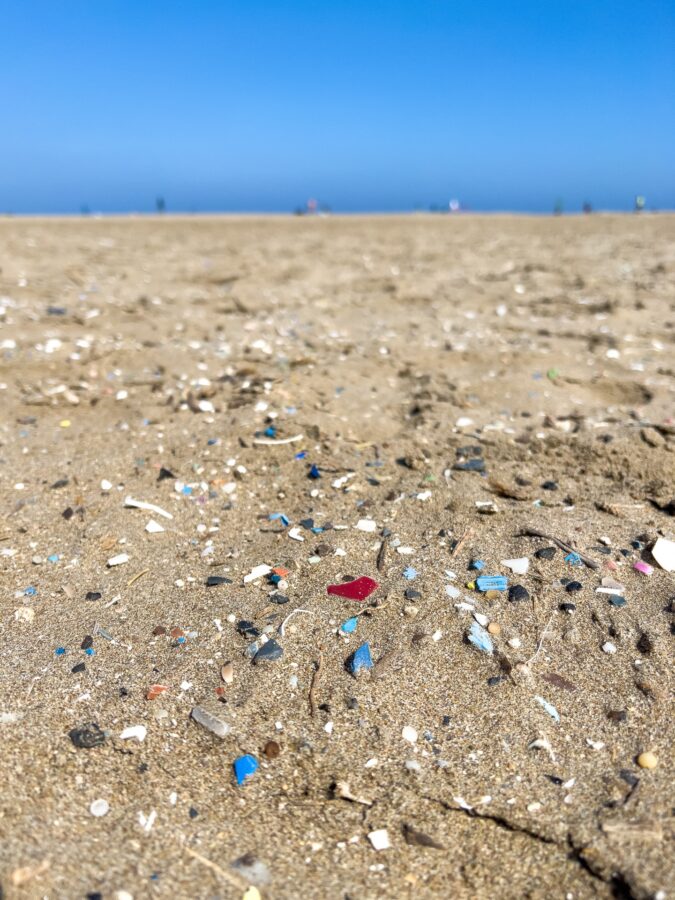
An international effort to rein in plastic pollution is running into resistance from China, Saudi Arabia and other nations that see a future in plastics amid declining demand for oil, gas and coal. That debate is playing out over the terms of a prospective global treaty that could set limits on plastic production and consumption. Environmentalists last year scored a landmark victory when 175 countries agreed to write a treaty designed to address the problems with plastic…
Who owns our trash—and why does it matter? – National Geographic
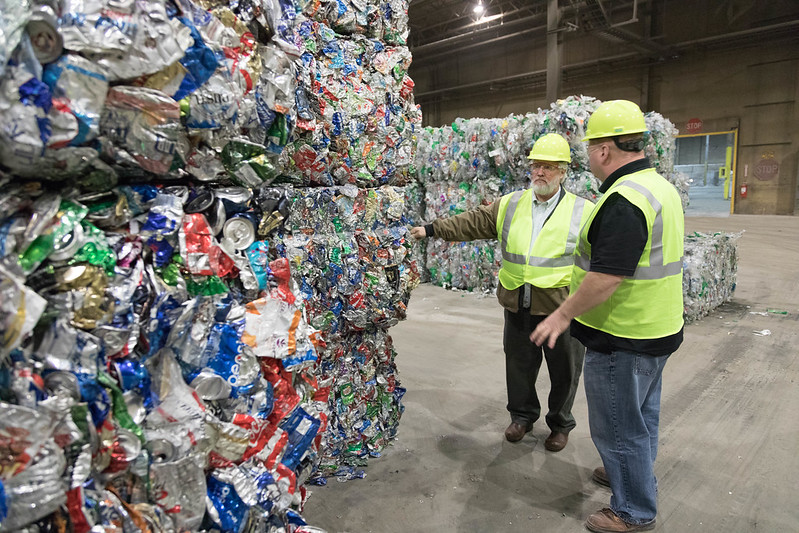
Who owns our trash? It’s a heated question being asked by waste pickers around the world who are uniting to fight for their survival. What we throw away, they insist, should be available to all.
Globally, up to 56 million people collect and resell the metal, glass, cardboard, and plastic that the rest of us toss…
